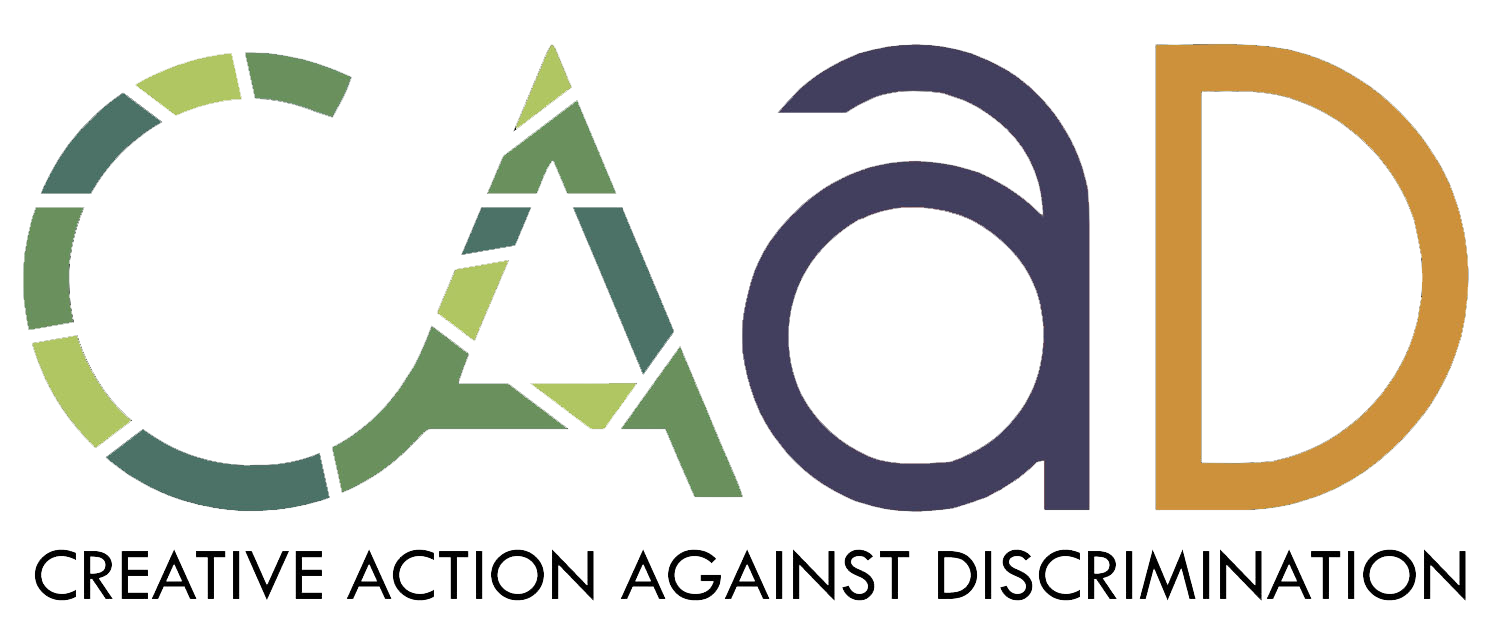Participatory Video
P
articipatory Video (also known as,PV) is a method of involving groups or communities in realizing their own video projects. It is based on the concept that video production is easy and accessible and that people come together by discussing common issues, expressing doubts, or sharing stories. The aim of many organisations that work with PV is to empower groups to take action, find solutions to their problems, as well as present those to decision makers or other groups in order to share knowledge. PV is a method to support marginalized groups in accomplishing their own ideas. As such it is used by many NGOs around the world in ambits from environmental action to peacekeeping processes. It is a methodology used for a range of scopes from advocacy or community inquiry, to capacity building, or project evaluation. Different methods are used depending on the subject matter and the desired outcome.
Many videos that emerge from a PV project are made in the style of documentary films. Interviews and shoots on location are frequently used. However, there is a unique process behind that. PV does not only aim at the production of a video, but it’s true focus lies in the process of that production. The outcome of a PV project is not a video about something or someone, but the video emerges from the group and from the community and the setting it is based in. Concrete content of the video, as well as the process from discussing a certain issue until taking decisions on how to represent solutions, are usually more important than the aesthetic output. Outcome trumps output, so to say. The value of a PV project lies both in the dialogue that it creates during its production, as well as in the one that it might create during its dissemination. Sharing ideas, exchanging thoughts and experiences, and having productive discussions are all important parts of a PV project.
The most important value of PV is the joint process from beginning to the end. Each and every step of the way is done by the whole group of participants, and whenever possible extended to a larger community.
There is value in PV as a tool for anti-discrimination work because, through PV we can raise conscious understanding, self-reflection and discuss stereotypes, prejudices, hate speech and other topics during the workshops.
PV is used to empower and amplify voices, usually those of marginalised people. However, we can utilise the method to also reach people who are in privileged positions in society to get them to reflect on their privileges and make them aware of their internalised discriminatory behaviour.
To realise a PV workshop on discrimination it is important to start from oneself and use exercises that foster multiperspectivity in order to get participants to take the voices of marginalised people into account. How would minority people like to be portrayed? Which strategies of anti-discrimination can we build and which alliances can we generate with people belonging to marginalised groups to use our privileges to fight discrimination rather than carry on with (unreflected) prejudices?
In this toolkit we will talk about the topic and do different activities to learn how to identify discriminatory situations, we will try to sensitise the participants and we will also provide them with some tools so that in the future they will be able to overcome these situations. At the end of the workshop, we will also create our anti-discrimination message and we will treat it in an artistic way in order to capture the attention of the maximum number of people and to be able to raise awareness in our environment.
Link to the toolkits:
